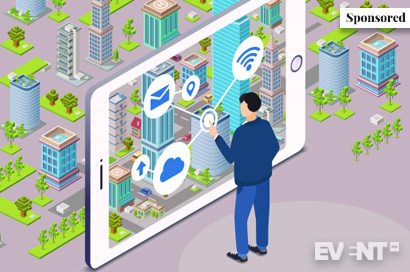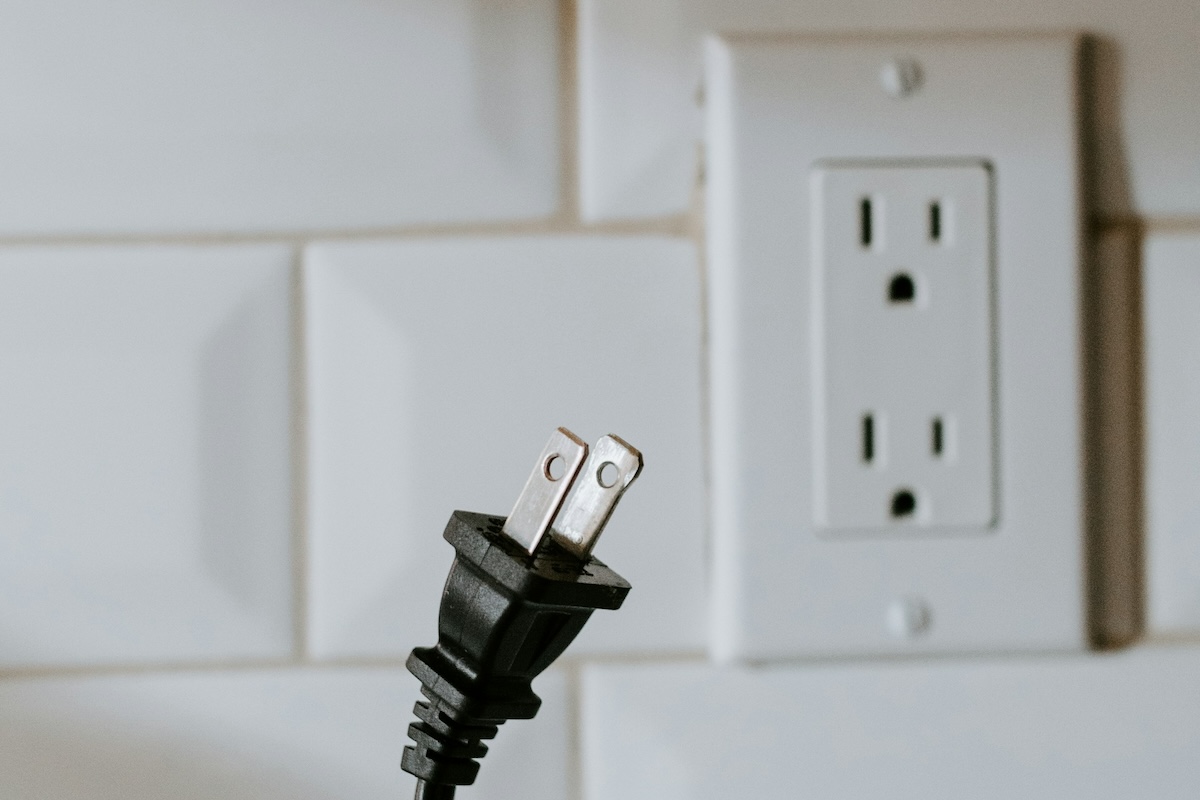

Technology allows event planners to connect with their audiences in many ways – even past having their favorite coffee drink automatically available first thing in the morning, although that is pretty amazing. One of the most impressive ways is how audiovisual services and other design elements can transform a venue. Savvy event planners are transforming spaces in indescribable ways using AV and other “magical” methods.
In this article, you’ll see how small spaces appear larger, a blank space becomes cozier, a theme is perfectly captured, as well as other incredible uses of space. These creative ideas can give your venue that extra personal appeal and cultivate the WOW! factor that makes an indelible impression on your audience.
All this and not a single magic wand required.
If you’re looking for ways to transform your space, let’s get started.
Event Venues: 12 Easy Tricks to Make a Bland Space Stand Out
Sometimes your event space just doesn’t fit your vision, right? But that doesn’t mean it’s not the one for you. There’s a lot you can do to completely transform the venue. Audiovisual tricks and effects are a great way to go from mediocre to mesmerizing.
Dramatic Lighting
Modern event lighting does more than just cast a rainbow of colors around your space, although that’s fun, too. There are wireless uplighting options, which means you can finally position lights where you want them without worrying about attendees tripping over cords, awkward taping or expensive rigging. You can also spotlight an area of interest for maximum effect. But lighting needn’t be passive. It can be used in a variety of moving ways including laser shows. Lighting even has personality and can be used as a “character” for an MC to interact with.
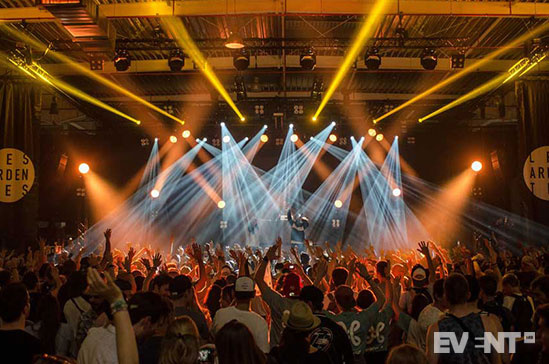

Hot Tip: Gobos. Gobos use a beam of light with a metal stencil over it to create dazzling designs on ceilings and walls. Imagine a ceiling that makes you feel like you’re under the sea or other design. It’s similar to projection mapping (which we’ll get to in a bit) but not as costly or intricate.
Relay Screens/Secondary Screens
In the ideal world, rooms would be designed so that everyone could hear and see the event’s focus with equal clarity. That’s simply not the case, at least not without technology. But now event planners can assist attendees by using relay and secondary screens to battle those awkward sight lines and ensure everyone has a great view.


Size doesn’t matter: you may find that no matter where you try to add a screen for better views, it’s just not possible. When that’s the case, consider allowing attendees to use their own device to see every minute of the event up close.
Screens and Video
You needn’t shut your audience off from what’s happening beyond your event. In fact, a lot of event planners are bringing in screens and video to showcase social media comments from elsewhere, broadcast a dignitary or speaker unable to make it in person, or link multiple event sites and crowds. Video screens can bring another “window” to your event, one that can give your attendees a view of anywhere in the world.
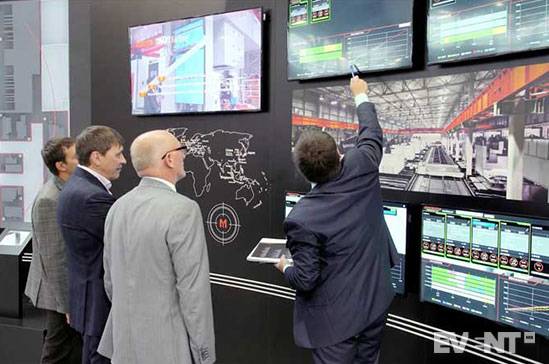

Think about: Many platforms now offer the ability to broadcast from multiple locations simultaneously. Is this something that could benefit your event?
Bring the Outdoors In
While tech is the main focus of this article, it’s not the only thing that can transform a venue. Bringing the outdoors in through the introduction of greenery and flowers can transform a bland room into something spectacular. Beautiful indoor sculptures and gardenscapes can be created through lush plants and design features. Best of all, this type of nature doesn’t come with a concern over an unexpected downpour to ruin your event. With the right lighting and positioning, this can add a fantastic feature to your event.
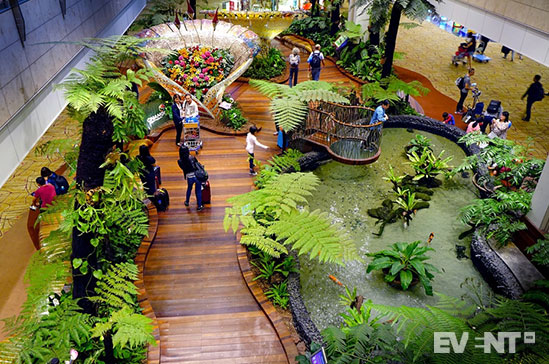

Outdoor examples: It’s not all about greenery. Consider water features, sand installations, and other natural ideas.
Virtual/Augmented Reality
You don’t have to physically transform your event space if your attendees aren’t actually seeing it. In the case of virtual and augmented reality, you are virtually transforming your attendee’s reality so the walls of your venue don’t really matter. With virtual reality, you could “transport” your attendees anywhere the coder can create, while augmented reality can help your attendees see things that aren’t really there (remember Pokemon Go!?). Either way, suddenly the physical design of your venue matters very little.
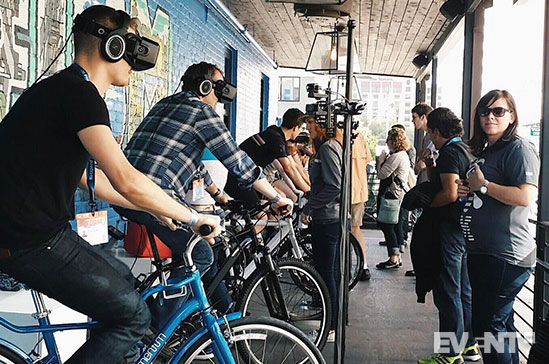

Keep in mind: Some people just don’t like to wear headsets. You can use device-based VR or AR. While it won’t provide an engulfing surround experience, it’s still amazing.
Fabric
Another non-tech idea is fabric. Fabric can add a touch of luxury, depth, color, and texture. It can be used on the ceiling for a quick burst of color when paint isn’t an option. Fabric can also transform seating, taking a drab chair and re-envisioning it as a throne. When lights hit different fabrics or are threaded within the draping, this can create breathtaking effects.
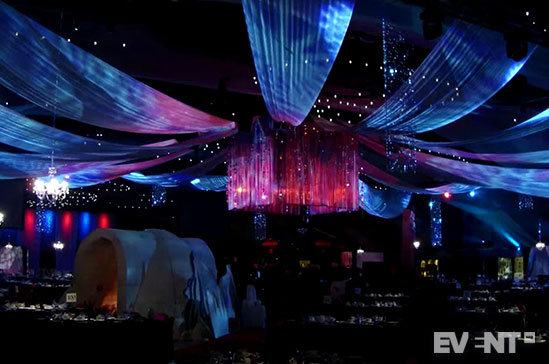

Make it more dramatic: Draping the ceiling can make a room more intimate and give the WOW! factor from all angles, floor to ceiling.
LED Video Walls
If you want to capture another place or time, an LED video wall can create a beautiful landscape. Want to dine on the beach? A video wall can make your audience feel like they have a view of the ocean. These floor to ceiling (or extremely large) projections can make attendees feel like they’re anywhere other than your venue. It accomplishes that without the (sometimes) annoying headgear or limiting the number of attendees that can enjoy the impact at the same time.
Consider: LED walls are versatile. They can serve as backdrops, device projects, or monitors. You can vary their use during your event.
Rigging and Aerial Effects/Shows
If you are old enough, you may remember “Starlight Express”, an amazing rock musical by Andrew Lloyd Webber that featured people on roller skates playing the roles of trains. The rigging and tracks went out over the audience in a spectacular display that felt nothing like a Broadway theater. Some event planners are doing similar things these days by incorporating rigging and aerial effects shows, although they are more closely inspired by Cirque du Soleil than roller skating locomotives.
Another use: Rigging can transform any area into a magical stage, as well as a place for better lighting or incredible video capabilities. This shot shows the amazing capabilities that come from even basic rigging.
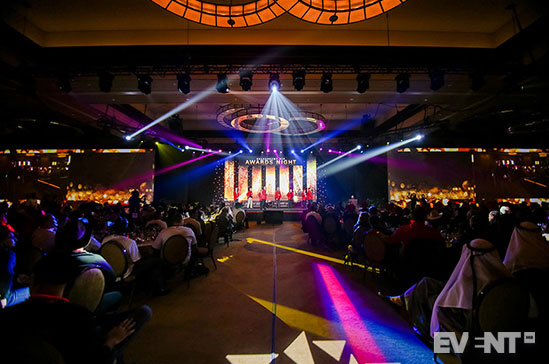

Soft Lighting
While dramatic lighting is all about creating a shocking effect, not in a bad way, as an attention grabber, soft lighting is about creating a mood. Popular types of soft lighting that can transform a space include:
- candlelight
- string/fairy lights
- lanterns
- torches
- fire pits
- open flame cooking (but safety first, remember)
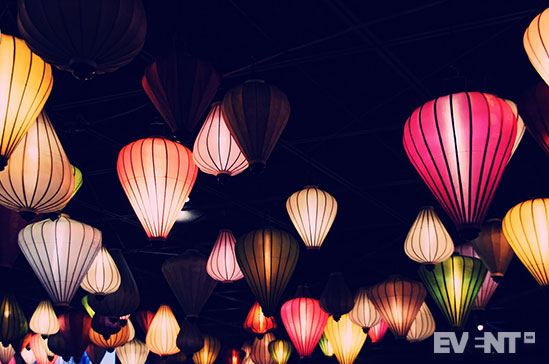

Trompe L’oeil
Trompe l’oeil are murals that appear to be 3D but are designed to fool the eye. You can transform a hotel ballroom space into a Tahitian village. Originally, trompe l’oeil would be painted on the walls but these days they can come in the form of wall transfers that can be applied for the event and then removed or even floor art. They can give a boring wall much-needed interest and spark your attendees’ imaginations.
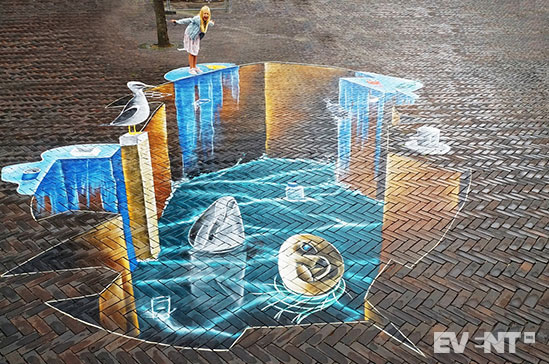

Take it to the next level: In addition to amping up a room, these faux finishes can provide amazing selfie spots. Just make sure you include a hashtag on a sign nearby so no one misses the social media fun.
Create Rooms/Nooks
If you have a venue space that is large and uninviting, you can make the space cozier by creating smaller spaces within the larger room. This can be accomplished easily through the introduction of fabric or greenery to cordon off the spot, or using a screen, furniture, or rugs to create a smaller section of the room. These nooks provide the ideal spot away from the bustle for attendees to unwind and connect with one another.
The surprising aspect of nooks: While generally nooks are thought of as small, intimate spaces, they don’t have to be. Take a look at this space within the larger Dallas Cowboys Stadium. Certainly not a small area but it creates a destination and a place that is separate from the larger space without feeling cramped.
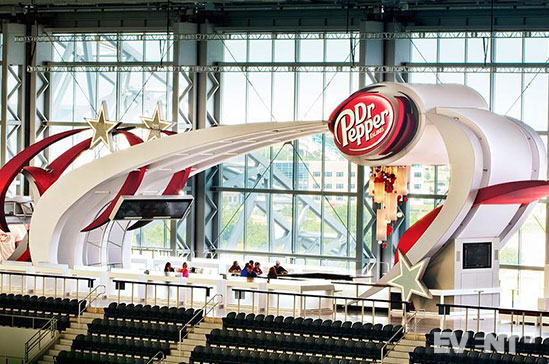

Projection Mapping
Projection mapping is the sort of effect that will take an attendee’s breath away. The possibilities are endless with this type of treatment. Projection mapping projects an image onto a 3D surface. Why is this spectacular? Because it can transform a boring wall into Buckingham Palace or the interior of a spacecraft. It can even switch between the palace and the spacecraft every hour. You can project onto people, in large areas or in small ones. Since it’s a projection, there’s no cleanup or takedown afterward to contend with. Just a quick flip of the switch.
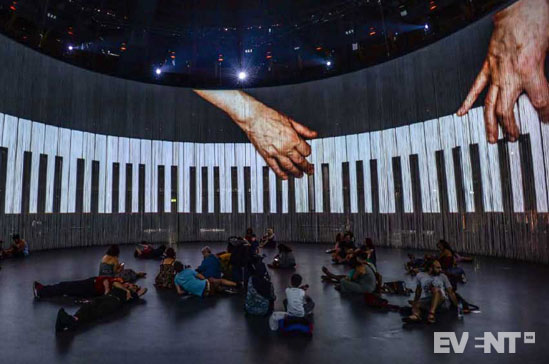

Bonus: You can still appreciate (and see) the architecture underneath the image.
IN CONCLUSION
Think of your venue as a blank canvas. There are some things that simply can’t be changed (e.g. if your venue only allows one caterer) but the ballroom or exhibit hall can be transformed into a space beyond what you ever imagined. When it comes to AV and other design elements, there’s much that can be done to transform your space into your ideal venue. From lighting and color to projection mapping, if you can envision it, it likely can be done.

